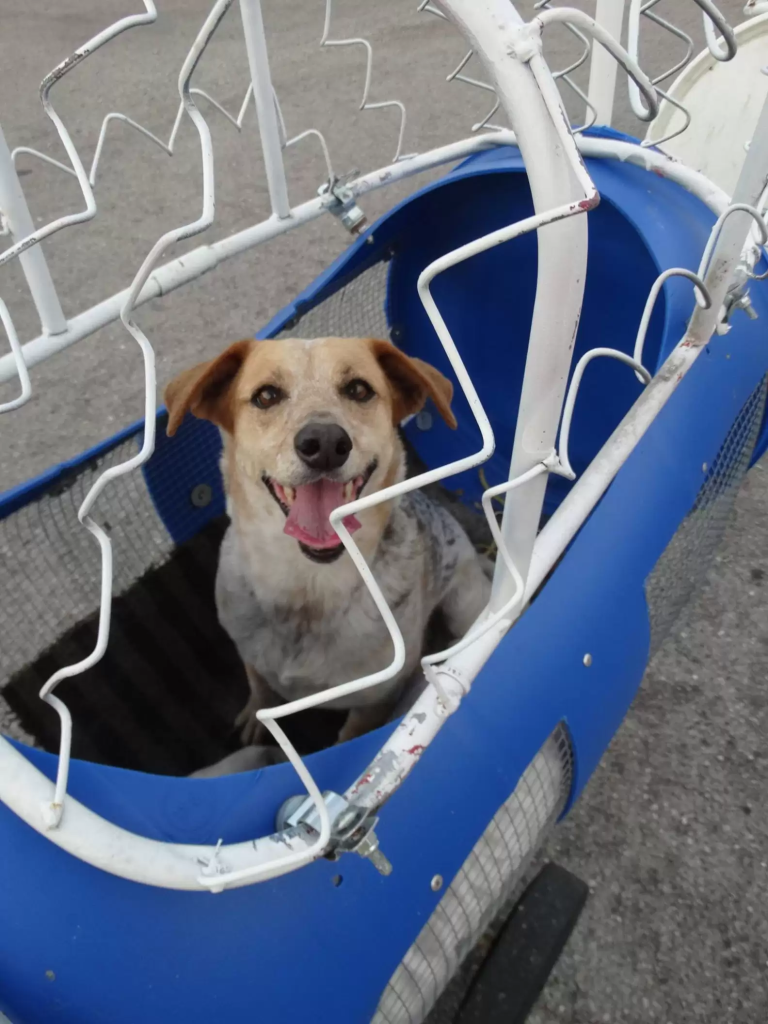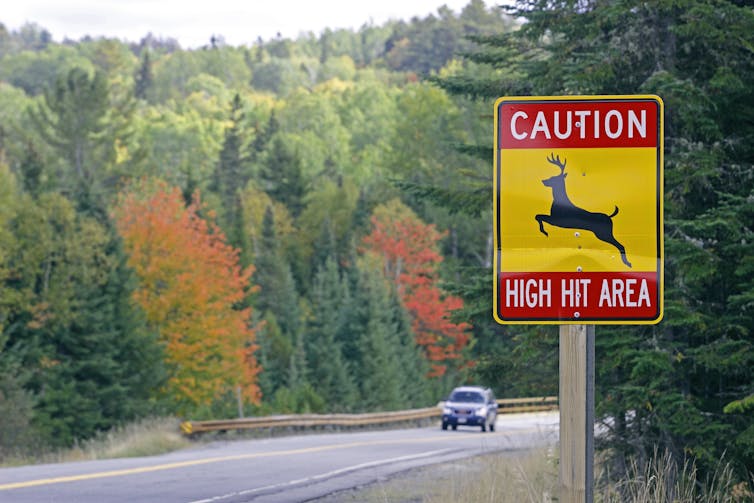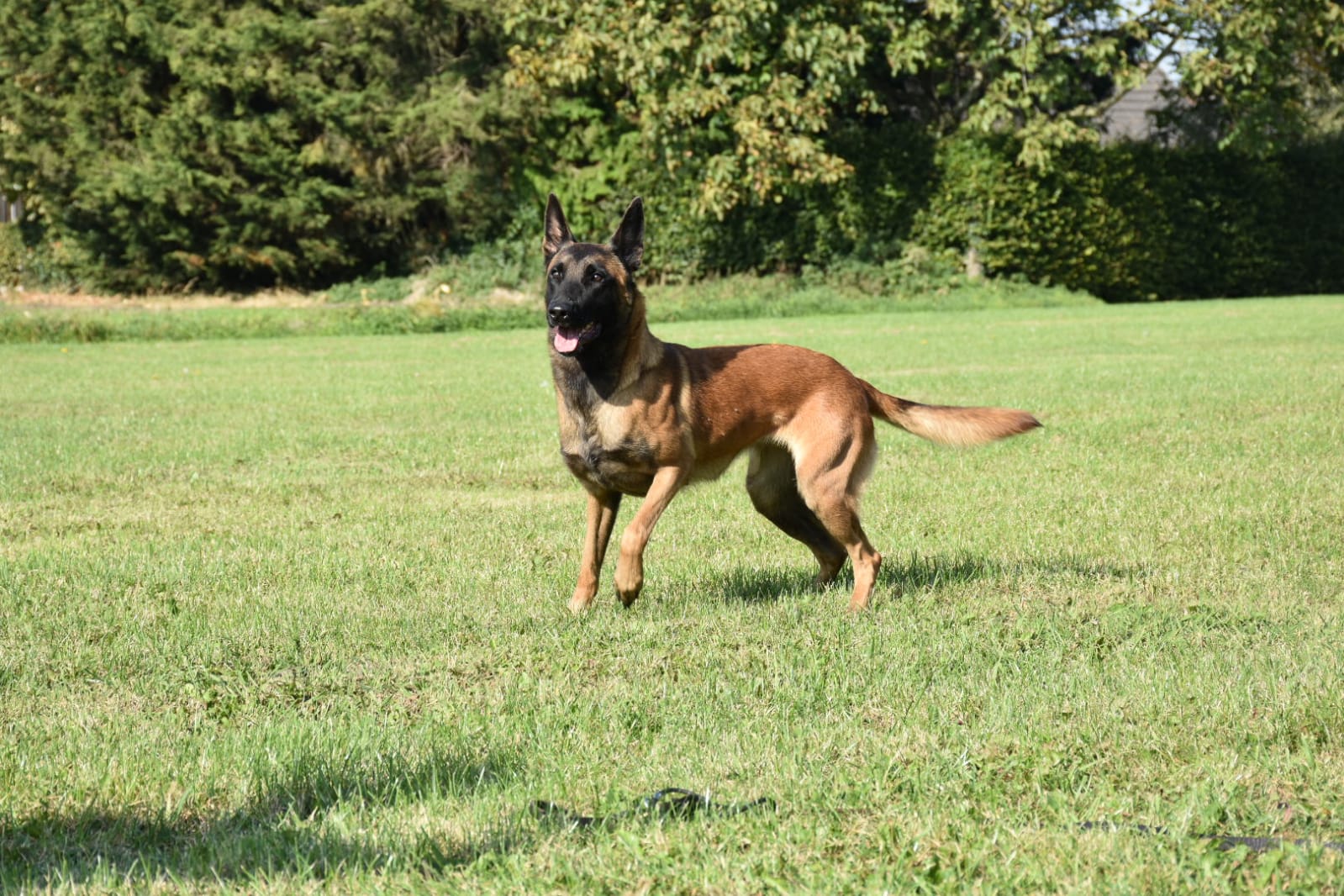Until now, there has been no evidence that Charles and David Koch have directly funded organisations based in the UK. But a few weeks ago, a reader pointed me to one line he found in a form submitted to the US government by the Charles Koch Foundation, which showed money transferred to a company that appears to be the US funding arm of a UK organisation. Once I had grasped its significance, I set up a collaboration with the investigative group DeSmog UK. We could scarcely believe what we were seeing.
The organisation the Charles Koch Foundation has chosen to fund is at first sight astounding: a US organisation established by an obscure magazine run by former members of a tiny Trotskyite splinter group. Some of its core contributors still describe themselves as Marxists or Bolsheviks. But the harder you look at it, the more sense the Koch donations appear to make.
The name of the magazine is Spiked. It emerged from a group with a comical history of left factionalism. In 1974, the International Socialists split after a dispute over arithmetic in Volume 3 of Das Kapital. One of the new factions formed the Revolutionary Communist Group. In 1976, it split again, and one of the splinters became the Revolutionary Communist Tendency. It was led by a sociologist at the University of Kent called Frank Furedi. In 1981 it changed its name to the Revolutionary Communist Party.
In 1988, the party launched a magazine called Living Marxism (later LM). By then, it had abandoned many of its former convictions. Among the few discernible traces of its revolutionary past was an enthusiasm for former communists in the Balkans, such as Slobodan Milošević. In 2000, it closed after losing a libel case: it falsely claimed that ITN had fabricated evidence of Serb atrocities against Bosnian Muslims. But as soon as the magazine folded, a network of new groups, with the same cast of characters – Frank Furedi, Claire Fox, Mick Hume, Brendan O’Neill, James Heartfield, Michael Fitzpatrick, James Woudhuysen – sprang up to replace it. Among these organisations were the Institute of ideas, the Academy of Ideas, the Manifesto Club and a new magazine, Spiked. It had the same editor as LM (Mick Hume) and most of the same contributors.
We found three payments over the past two years from the Charles Koch Foundation. They amount to $170,000, earmarked for “general operating support”. The payments were made to Spiked US Inc. On Spiked’s “Donate” page is a button that says “In the US? Donate here”. It takes you to the PayPal link for “Spiked US, Inc”. Spiked US, in other words, appears to be its American funding arm. Beyond a postal address is Hoboken, New Jersey, it is hard to see what presence it has in the US. It appears to have been established in 2016, the year in which the Koch donations began.
When I asked Spiked what the money was for and whether there had been any other payments, its managing editor, Viv Regan, told me that the Charles Koch Foundation has now given Spiked US a total of $300,000, “to produce public debates in the US about free speech, as part of its charitable activities.” She claims the foundation supports projects “on both the left and the right”. The Koch Foundation has funded “a free-speech oriented programme of public debates on campus titled the Unsafe Space Tour” and four live events, the first of which is titled ‘Should we be free to hate?’. She told me “We’re very proud of our work on free speech and tolerance, and we are proud to be part of the programme.”
But I have been unable to find any public acknowledgement of this funding. Neither on the videos of the debates, in the posters advertising them or in reports of the events in Spiked magazine is there any mention of the Charles Koch Foundation. From what I could see of the title slides in the videos, they acknowledged an organisation called the Institute for Humane Studies, but not the Foundation. Spiked has yet to reply to my questions on this matter.
The Koch brothers are famously careful with their money. According to Jane Mayer, they exert “unusually tight personal control over their philanthropic endeavours”. David Koch told a sympathetic journalist, “If we’re going to give a lot of money, we’ll make darn sure they spend it in a way that goes along with our intent. And if they make a wrong turn and start doing things we don’t agree with, we withdraw funding.” So what might have attracted them to this obscure organisation?
Spiked magazine, now edited by Brendan O’Neill, appears to hate left-wing politics. It inveighs against the welfare state, against regulation, the Occupy movement, anti-capitalists, Jeremy Corbyn, George Soros, #MeToo, “black privilege” and Black Lives Matter. It does so in the name of the “ordinary people”, whom, it claims, are oppressed by the “anti-Trump and anti-Brexit cultural elites”, “feministic elites”, “green elites” and “cosmopolitan politicians”.
It repeatedly defends figures on the hard right or far right: Katie Hopkins, Nigel Farage, Alex Jones, the Democratic Football Lads’ Alliance, Tommy Robinson, Toby Young, Arron Banks, Brett Kavanaugh, Viktor Orban. They are portrayed as victims of “McCarthyites” trying to suppress free speech. It demands the hardest of possible Brexits, insisting that “No Deal is nothing to fear”, as it would allow the UK to scrap EU regulations.
But what it appears to hate most is environmentalism. It rails against “climate scaremongering”, and has called for fracking and coal production to be ramped up. It blames the Grenfell Tower disaster on “the moral fervour of the climate change campaign”. It mocks the idea that air pollution is dangerous and has proposed abolishing the planning system. “We need to conquer nature, not bow to it,” it contends. “Let’s make the ‘human footprint’ even bigger”.
Spiked’s writers rage against exposures of dark money. It calls the Observer’s Carole Cadwalladr, who has won a string of prizes for exposing the opaque spending surrounding the Brexit vote, “the closest thing the mainstream British media has to an out-and-out conspiracy theorist”. It carries numerous articles by writers from the obscurely-funded Institute of Economic Affairs and from the Cato Institute, that was founded by Charles Koch. Its editor, Brendan O’Neill, also writes for Reason Magazine, owned by the Reason Foundation, which has received $1 million from the Charles Koch Foundation over the past two years.
Bizarrely, Spiked still uses Leon Trotsky to justify its positions. It claims to have built its philosophy on his objective of “increasing the power of man over nature and … the abolition of the power of man over man”. This means, it says, that “we should fight for greater human dominion over the natural world”, and that regulatory power should not be used to prevent anyone from exercising their agency. The result appears to turn Trotsky’s objective on its head: without constraint, those with the greatest agency can exercise uninhibited power over others.
Its enthusiasm for Trotsky is highly selective. As one of Spiked’s writers noted in 2002, his central message was that “the retreat behind national boundaries is a recipe for reaction”. Yet the magazine’s defence of both Brexit and Viktor Orban, Hungary’s right-wing prime minister, is founded on the notion of national sovereignty. Spiked seems to have remembered everything Leon Trotsky wrote that could be recruited to the cause of corporate capital and the hard right, and forgotten all his, shall we say, less enthusiastic musings about those forces.
Above all, its positions are justified with the claim to support free speech. But the freedom all seems to tend in one direction: freedom to lambast vulnerable people. The Unsafe Space tour that the Charles Koch Foundation financed was heavily slanted towards this line. Yet, when I exercised my freedom of speech in sending my questions to Spiked, I was denounced on the front page of the magazine as a “McCarthyite”. This is its favourite insult, which it uses prolifically to dismiss legitimate inquiries and critiques. The usual term for asking awkward questions about powerful interests is journalism. Open information and transparency are crucial to free speech: the more we know, the freer we become. Spiked has also called for schools, universities and governments to be “cleansed” of “the malign influence” of green NGOs, which it denounces as “the environmentalist enemy within.” Some friends of free speech, these.
The Kochs are mentioned in several Spiked articles, but no corresponding interests are declared. An article in 2016, when Spiked received $170,000 from the Charles Koch Foundation, attacked the Standing Rock protests against the Dakota Access Pipeline, in which the Koch brothers have a major interest.
Is this the extent of the Koch brothers’ funding of groups based in the UK? Who knows? I have not yet had a response from the Charles Koch Foundation. But I see these payments as part of a wider pattern of undisclosed funding. Democracy without transparency is not democracy.
http://www.monbiot.com
ooOOoo
If I was a younger man I would be very active in trying to stop this threat to our open society.
But I am not!
All I can do is to republish this insightful essay by George Monbiot and hope that a few of you didn’t realise this thing was going on, and are concerned!














 A dog can only do so much for you, so, therefore, it becomes your responsibility too, to take care of your dog as your child. It needs your time and attention, and just like a
A dog can only do so much for you, so, therefore, it becomes your responsibility too, to take care of your dog as your child. It needs your time and attention, and just like a 

 Next, a sunrise photograph with the camera pointing to the East. The tree line follows the ridge of some hills the other side of Hugo Road. The picture taken on the 19th October at 07:20.
Next, a sunrise photograph with the camera pointing to the East. The tree line follows the ridge of some hills the other side of Hugo Road. The picture taken on the 19th October at 07:20. Now a close-up of the remains of a very old tree trunk with the trees that border Bummer Creek, that runs through our land, just showing through the morning mist. Taken on the 24th October at 09:05.
Now a close-up of the remains of a very old tree trunk with the trees that border Bummer Creek, that runs through our land, just showing through the morning mist. Taken on the 24th October at 09:05.
 Regular readers will know that Jean and I are not believers in any religion; we are atheists. But to my way of thinking that puts even more pressure on me and Jean to try to make a difference. We do all that we can but there’s no doubt that we can do more.
Regular readers will know that Jean and I are not believers in any religion; we are atheists. But to my way of thinking that puts even more pressure on me and Jean to try to make a difference. We do all that we can but there’s no doubt that we can do more.